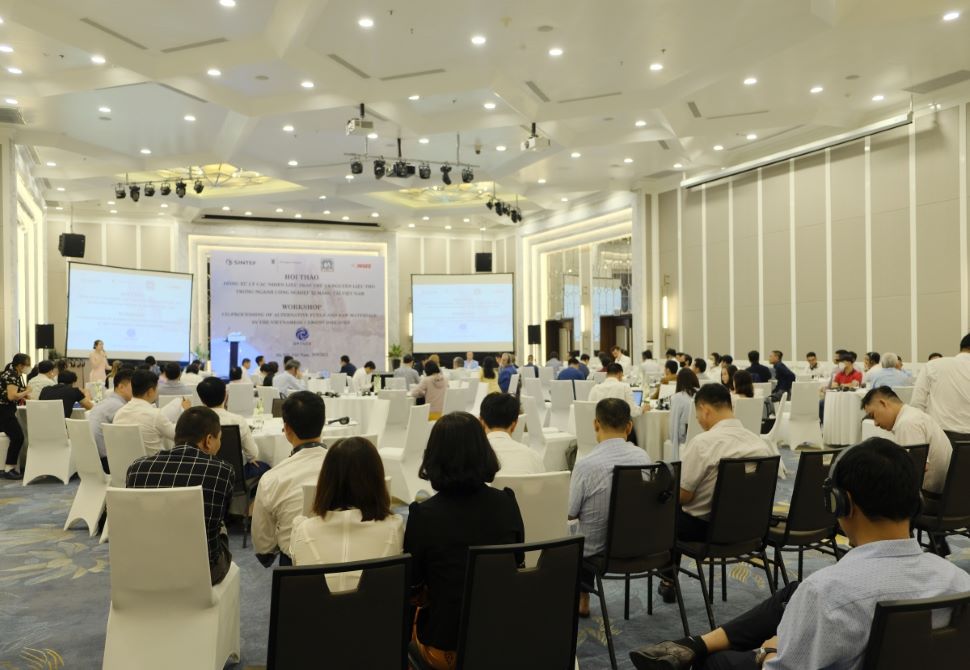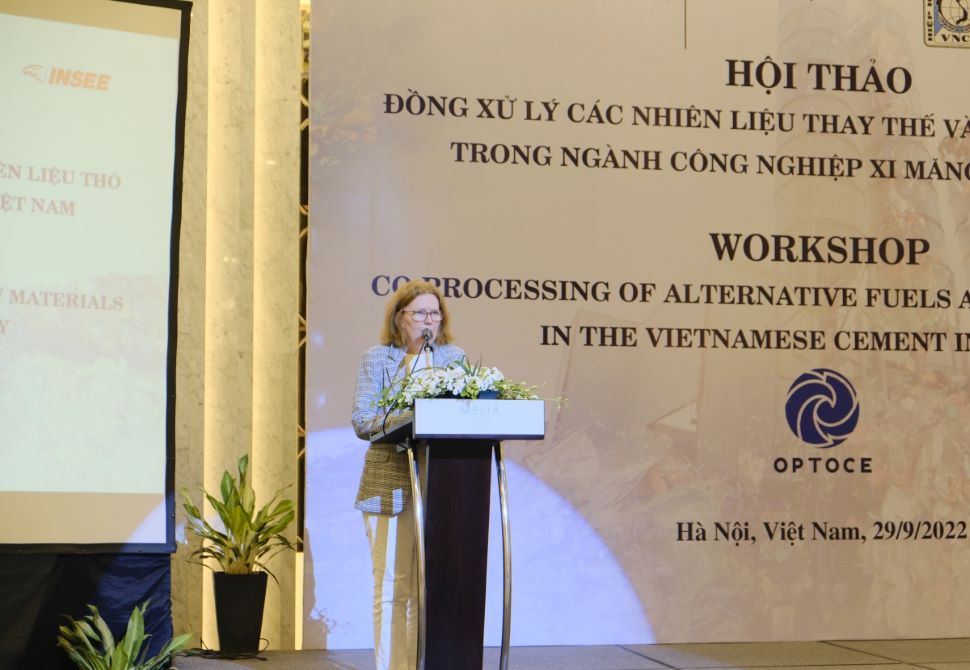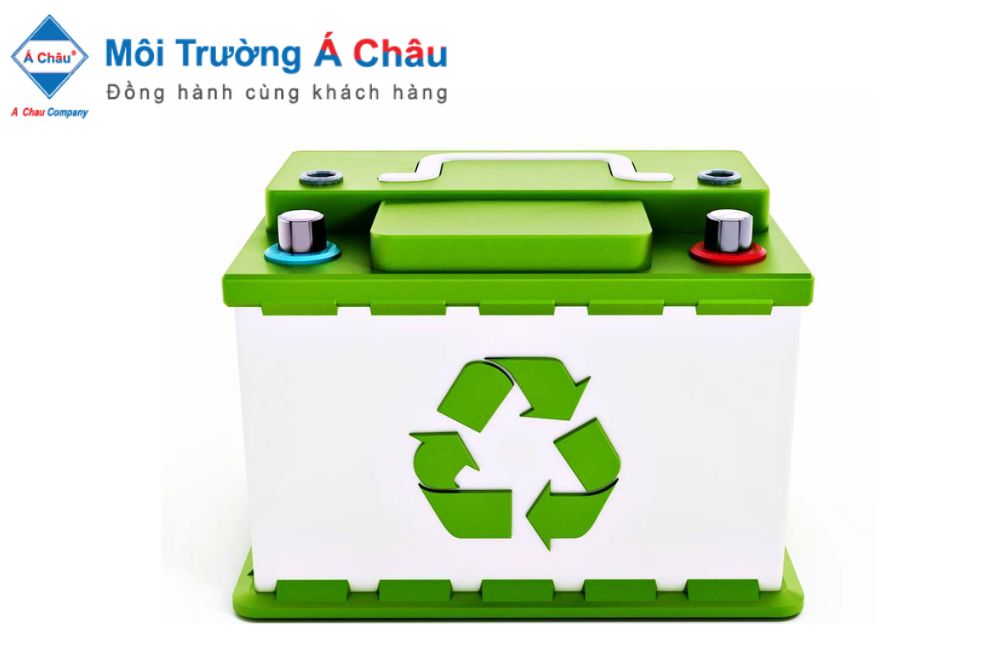Co-processing waste in cement kilns has huge potential in Vietnam
Vietnam has 82 clinker kilns in operation, consuming over 10 million tons of anthracite coal each year. The Policy Government is increasing the use of alternative fuels to 15% before 2030 and 30% after 2030. Thus, the potential for "Co-processing waste" in cement kilns is vast.
The Norwegian Embassy in Hanoi, the Norwegian Foundation for Scientific and Industrial Research (SINTEF), and the Vietnam Cement Association (VNCA) organized a Co-processing Workshop on alternative fuels and raw materials in the Vietnamese cement industry on September 29 in Hanoi.
Workshop on alternative fuels and raw materials Co-processing in the cement industry in Vietnam.
The workshop aimed to share international experience in waste Co-processing in the cement industry, as well as the results of a recent demonstration using non-recyclable plastic waste at the INSEE plant in Hon Chong, Kien Giang, and to discuss Vietnam's cement industry's future Co-processing potential.
In her introductory remarks, Norwegian Deputy Ambassador Mette Mglestue stated that Norway and Vietnam, as signatories of the Paris Agreement, are firmly committed to tackling climate change and implementing the Nationally Determined Contribution (NDC) to decrease Greenhouse Gas (GHG) emissions. Achieving the goal necessitates the collaboration of various sectors. The Norwegian Government recognizes the critical role of research institutes, the business sector, NGOs, and industry in this process.
"I am pleased to learn that SINTEF's research has resulted in the successful use of non-recyclable plastic waste as an alternative fuel for cement kilns, which can be replicated in Vietnam." We expect that the Norwegian Government's OPTOCE Project, which is being implemented in five Asian countries, including Vietnam, would assist the Vietnamese cement sector in improving its quality processing capability. Plastic garbage cannot be recycled and adds to Vietnam's objective of reaching net zero emissions by 2050," said Mette Mglestue.
Norwegian Deputy Ambassador, Ms. Mette Møglestue.
The cement industry now consumes enormous amounts of coal and other raw materials, according to Dr. Kre Helge Karstensen of SINTEF, the project's leader. We may, however, substitute part or all of this fuel with non-recyclable plastic waste.
According to the case study, co-processing non-recyclable plastic waste as a fuel alternative in cement kilns does not raise CO2 while meeting the strict international limit values. The successful demonstration of this approach at the INSEE Vietnam facility conveys a message of optimism for the future of Vietnam's cement industry.
"Co-processing" of waste in cement kilns can improve the management of non-recyclable plastic waste in Vietnam. This solution reduces coal consumption in the cement industry while also reducing the need to build expensive power generation incinerators (turning waste into energy). More importantly, the cement industry as a whole can play an essential role in reducing GHG emissions and preventing plastic waste from entering the ocean."
Although co-processing is extensively used in Europe and Norway, it has yet to be broadly adopted in Vietnam, with just a few cement facilities now using it.
As stated by VNCA Associate Professor Dr. Luong Duc Long, Vietnam has 82 clinker kilns that consume about 10 million tons of anthracite coal each year. Currently, the whole industry's utilization of alternative fuels is paltry. The Vietnamese Government has set a goal of expanding the usage of alternative fuels to 15% by 2030 and 30% beyond that. As a result, the potential for co-processing waste, including non-recyclable plastic, in cement kilns in Vietnam is enormous.
However, there are still some challenges, such as businesses needing help finding investment capital for Co-processing. In Vietnam, there are very few/no units specializing in collecting, pre-treating waste, and supplying it to cement factories; some inadequacies in legal procedures, such as confirming that cement factories applying co-processing are waste treatment facilities; or lack of incentive policies and incentives for cement businesses applying this method as well as businesses collecting and processing waste in the related supply chain.
"We acknowledge that implementing safe Co-processing in the cement industry takes time and will depend on many local and national factors and conditions: there must be a legal framework and regulations, the cement company and co-processing operator must have sufficient capacity, knowledge, sufficient equipment, and relevant licenses; there must be the support of local and central governments, and there must be a level playing field," Dr. Kre Helge Karstensen added.
VIEW MORE:
Pre-processing and providing materials for Co-processing
Source: VOV.vn















